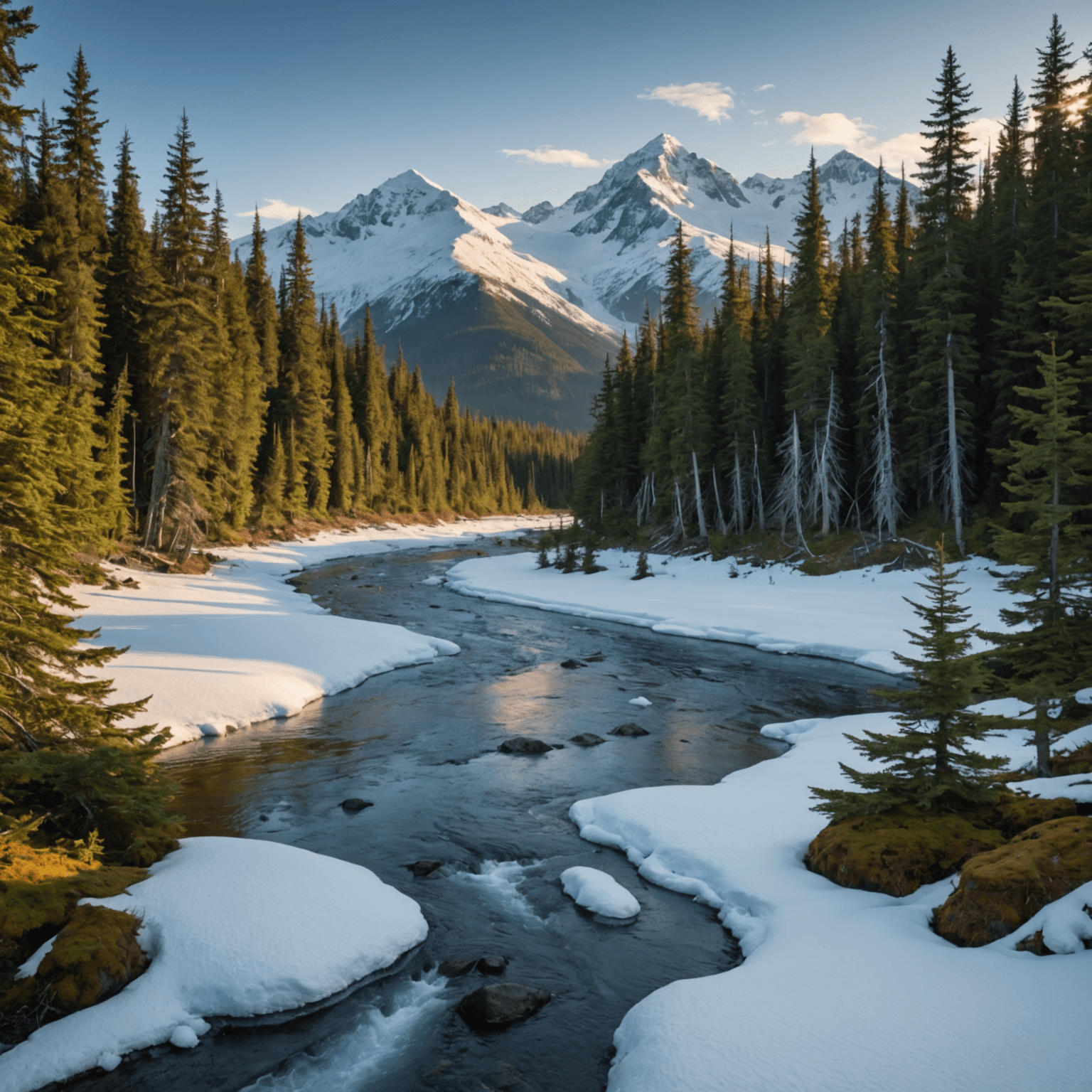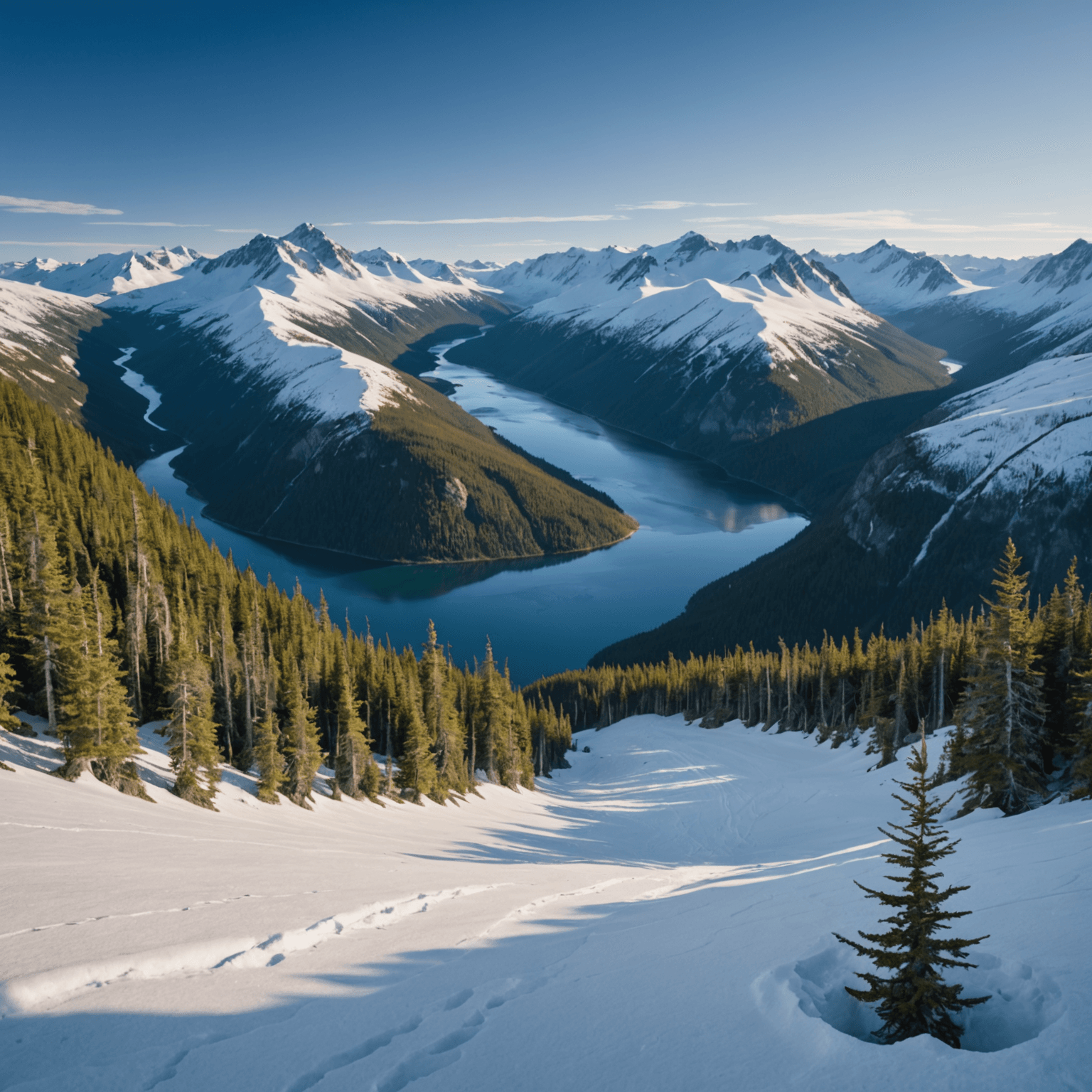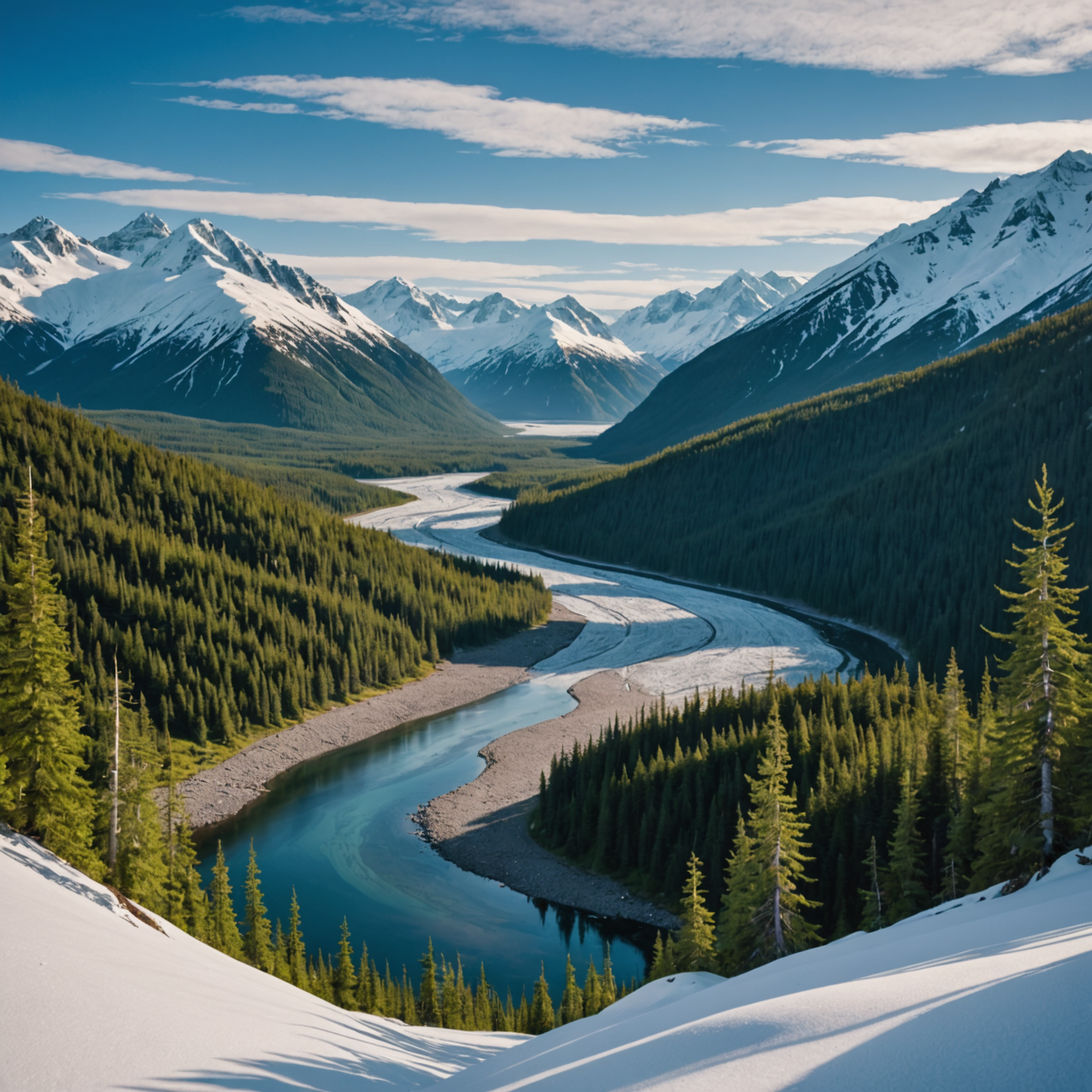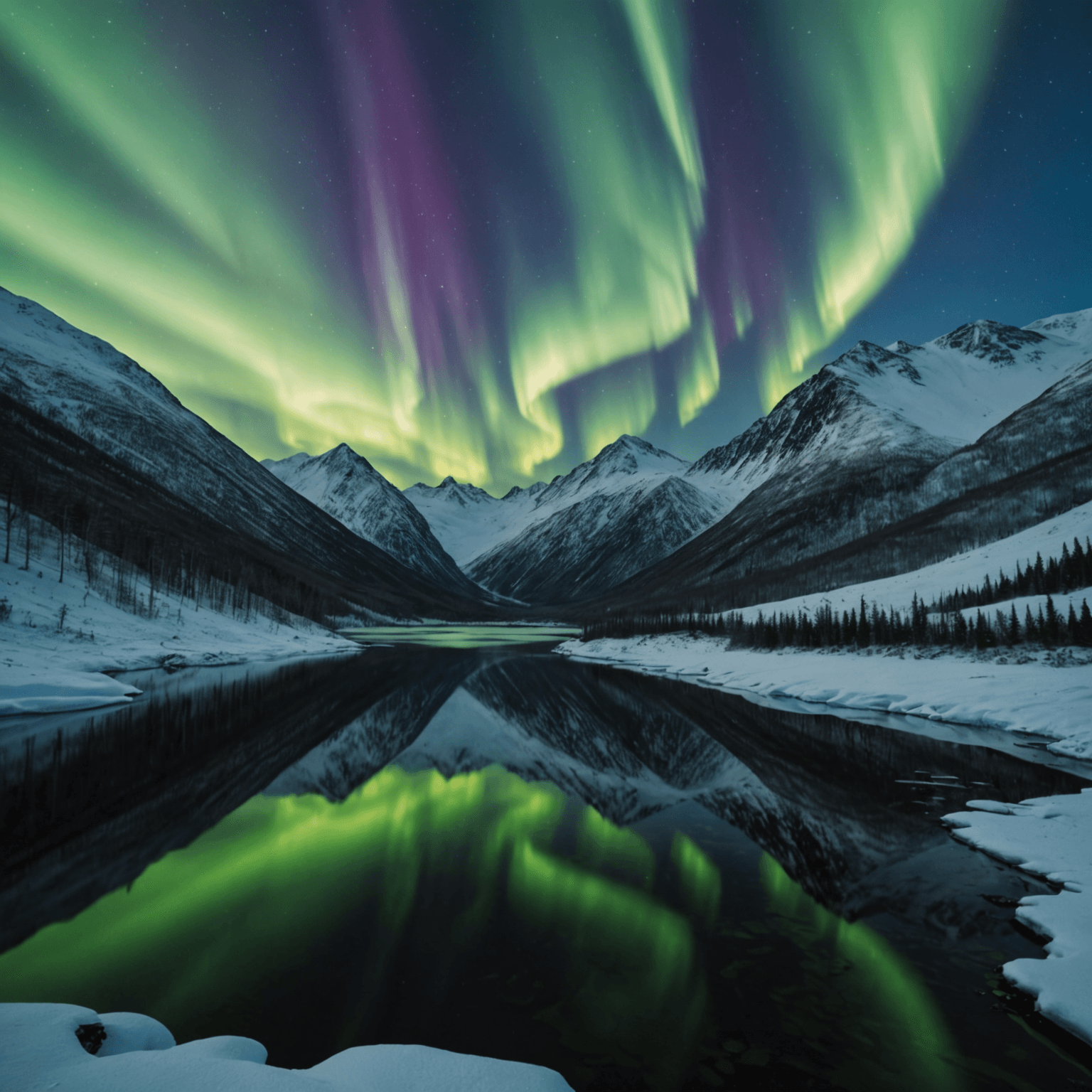Introduction
Alaska, with its vast wilderness and clear night skies, is one of the most spectacular places to witness the Northern Lights, also known as the Aurora Borealis. The ethereal display of colorful lights dancing across the sky is a natural phenomenon that has captivated humans for centuries. But when is the best time to see the Northern Lights in Alaska? This blog post will guide you through the optimal times and conditions for witnessing this awe-inspiring spectacle, ensuring your trip is nothing short of magical.
Understanding the Northern Lights
The Northern Lights are caused by the interaction between charged particles from the sun and the Earth’s magnetic field. This interaction results in the stunning display of colors that can range from green and yellow to pink and purple. The intensity and frequency of these lights can vary depending on solar activity, which is why timing your visit is crucial.
Best Time to See the Northern Lights in Alaska
Autumn (September to October)
The beginning of fall marks the start of the Northern Lights season in Alaska. As the nights grow longer, the chances of seeing the Aurora increase. September and October are excellent months for viewing due to the mild weather and relatively clear skies. The fall foliage adds an extra layer of beauty to the landscape, making it a perfect time for outdoor adventures like Alaska’s fall tours and dog sledding experiences.
Winter (November to March)
Winter is arguably the best time to see the Northern Lights in Alaska. The long, dark nights provide ample opportunity for viewing the Aurora. However, the cold temperatures can be a challenge, so it’s essential to be prepared. The peak months for the Northern Lights are December through February, when the nights are longest, and the skies are darkest. Consider pairing your Northern Lights adventure with snowmobile tours for a thrilling experience.

Spring (March to April)
As winter transitions into spring, the Northern Lights continue to dazzle the night sky. March is particularly special because it offers a balance between longer daylight hours and continued Aurora activity. The spring equinox in March often leads to increased solar activity, enhancing the likelihood of vibrant displays. Spring tours in Alaska offer unique opportunities to witness the Aurora while enjoying the milder weather and blossoming landscapes.
Optimal Viewing Conditions
Location
To maximize your chances of seeing the Northern Lights, head to locations away from city lights where the sky is darkest. Popular spots include Fairbanks, known for its clear skies and high Aurora activity, and the remote areas near Denali National Park. The Denali region offers excellent vantage points, combining the beauty of the Northern Lights with the stunning backdrop of Alaska’s tallest peaks.
Weather and Sky Conditions
Clear skies are crucial for viewing the Aurora Borealis. Cloud cover can obstruct your view, so it’s important to monitor local weather forecasts. Websites like the National Weather Service provide accurate weather updates to help plan your outing. Additionally, the Aurora Forecast can give you a heads-up on expected Northern Lights activity.
Timing and Patience
Timing is everything when it comes to witnessing the Northern Lights. The best hours are typically between 10 PM and 2 AM, but the Aurora can appear at any time during the night. Patience is key; sometimes, the lights may not appear immediately, but waiting can yield spectacular results.

Conclusion
Alaska offers some of the best opportunities in the world to witness the Northern Lights. Whether you choose to visit in fall, winter, or spring, the experience of seeing the Aurora Borealis in this breathtaking landscape is unforgettable. By choosing the right time and location, and preparing for the conditions, you can enhance your chances of experiencing one of nature’s most incredible displays. To make the most of your adventure, consider combining your trip with other thrilling activities like dog sledding or snowmobile tours.
FAQ
What causes the Northern Lights?
The Northern Lights are caused by the interaction between the solar wind and the Earth’s magnetic field, resulting in the emission of light in the upper atmosphere.
Can the Northern Lights be seen all year round in Alaska?
The Northern Lights are best seen from late August to early April, during the darker months. Summer months with continuous daylight make viewing impossible.
What are the best places in Alaska to see the Northern Lights?
Fairbanks, Denali National Park, and remote areas away from city lights offer some of the best viewing opportunities.
How can I increase my chances of seeing the Northern Lights?
Visit during peak months (December to February), monitor the weather and Aurora forecasts, and choose dark, remote locations for optimal viewing.
Are there tours available for Northern Lights viewing?
Yes, there are numerous tours available, including Northern Lights adventure tours that provide guided experiences and additional activities like snowmobiling.
What is the best time of night to see the Northern Lights?
The best time is typically between 10 PM and 2 AM, but the lights can appear anytime during the night, so patience is essential.
How cold is it in Alaska during the Northern Lights season?
Temperatures can drop significantly, especially in winter, so dress warmly with layers, and be prepared for Arctic conditions.
Can I photograph the Northern Lights?
Yes, with the right equipment and settings, you can capture stunning photographs of the Aurora. A tripod and a camera with manual settings for exposure and ISO are recommended.


